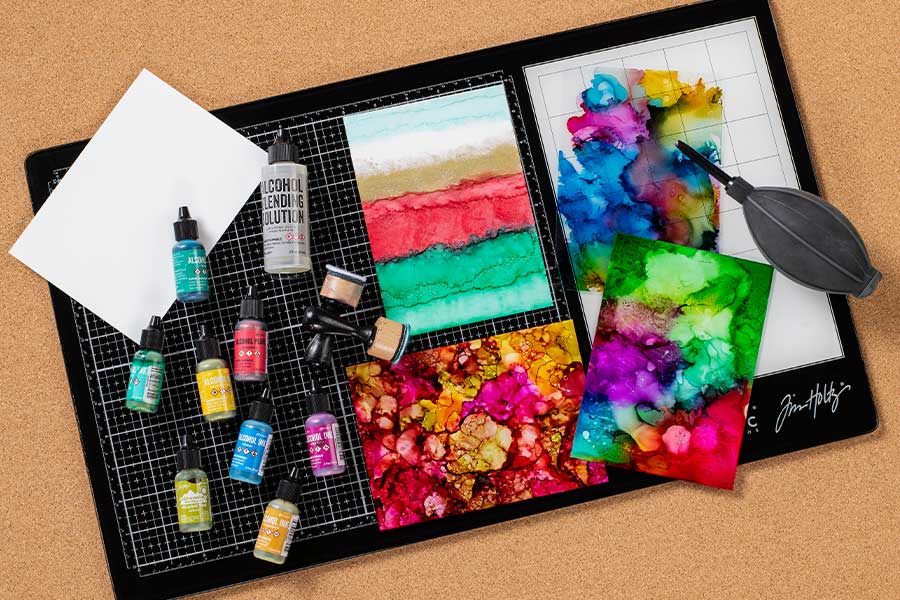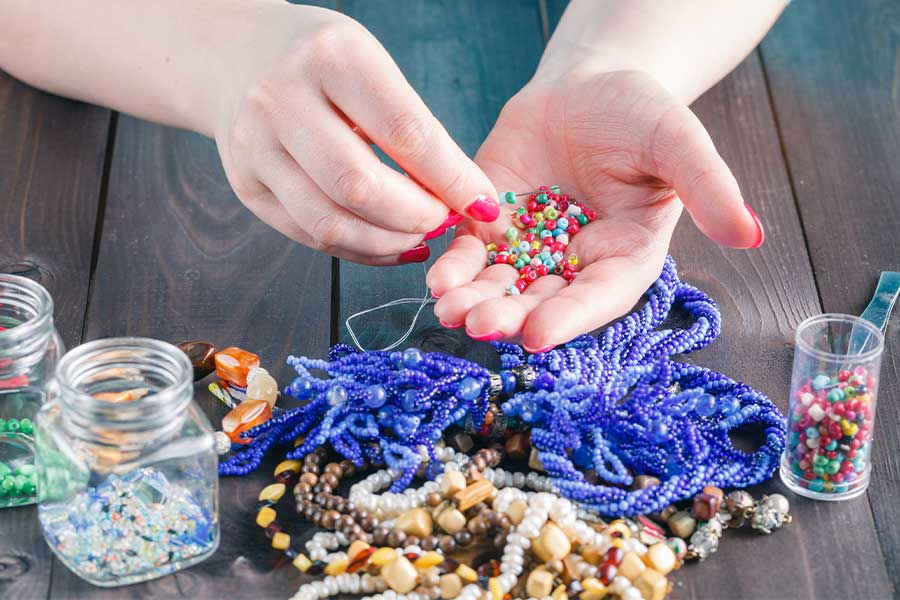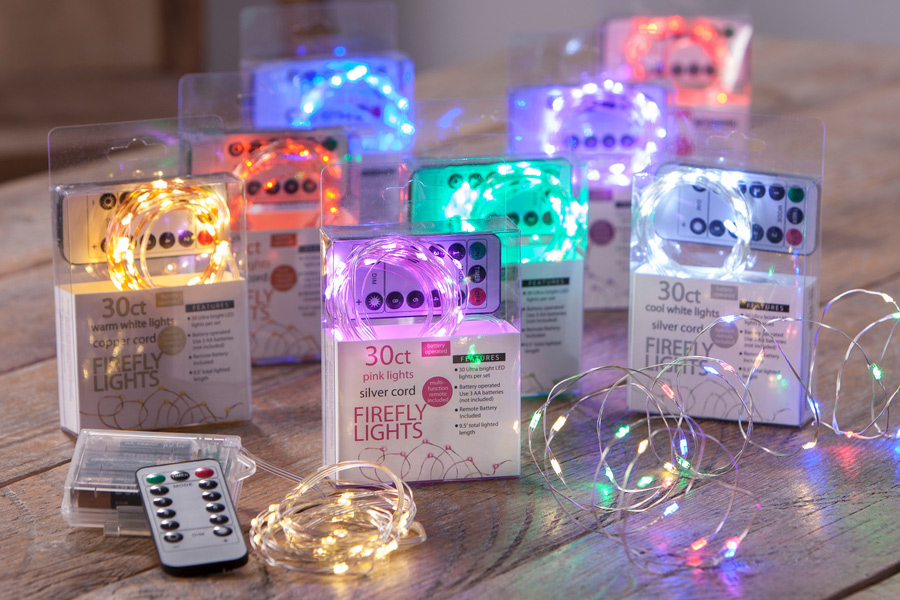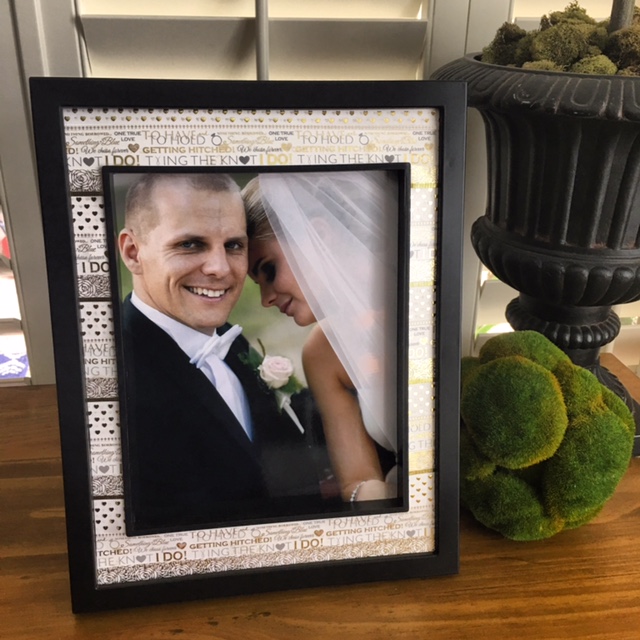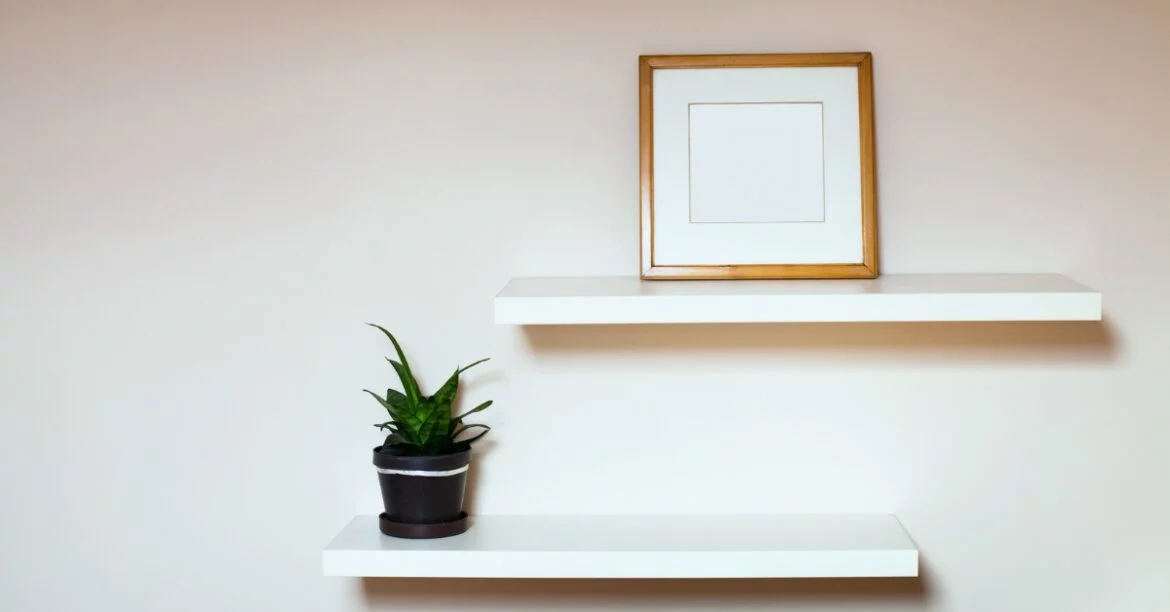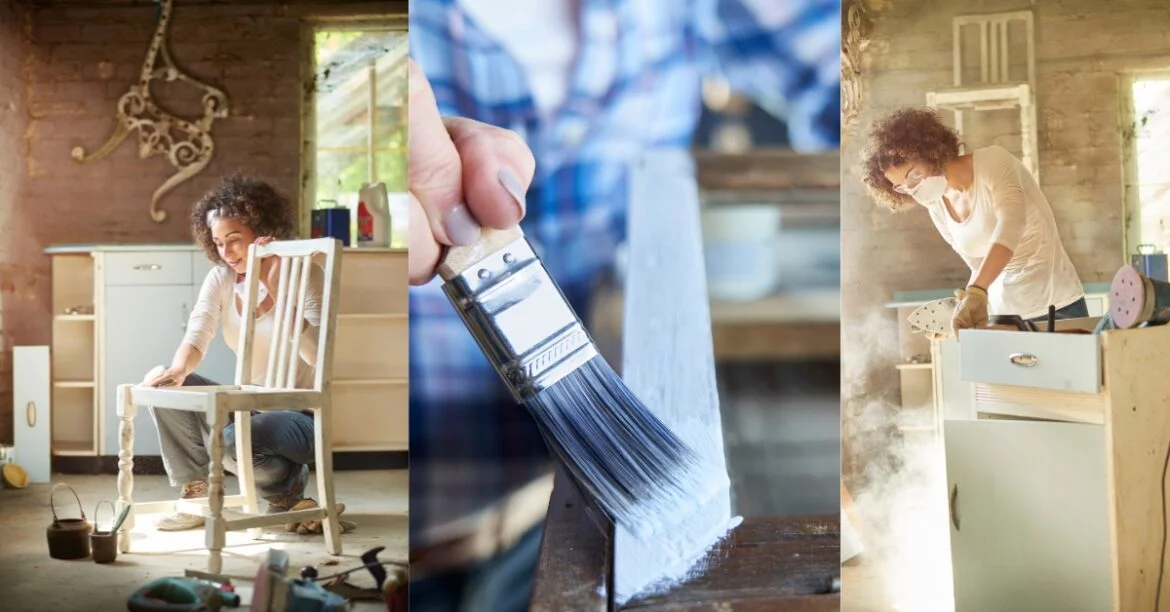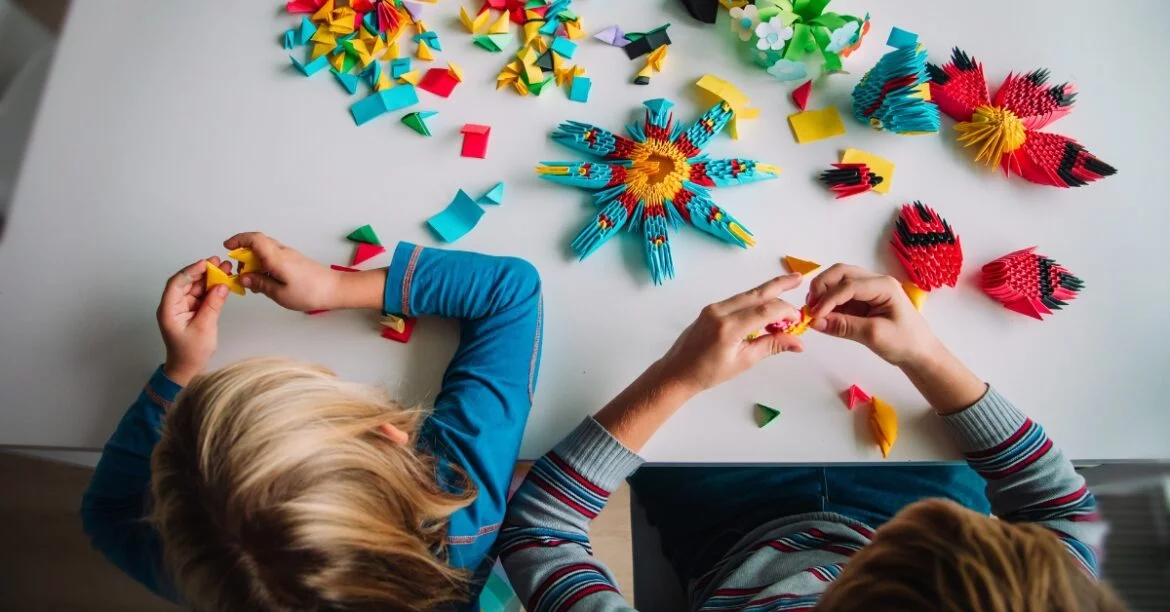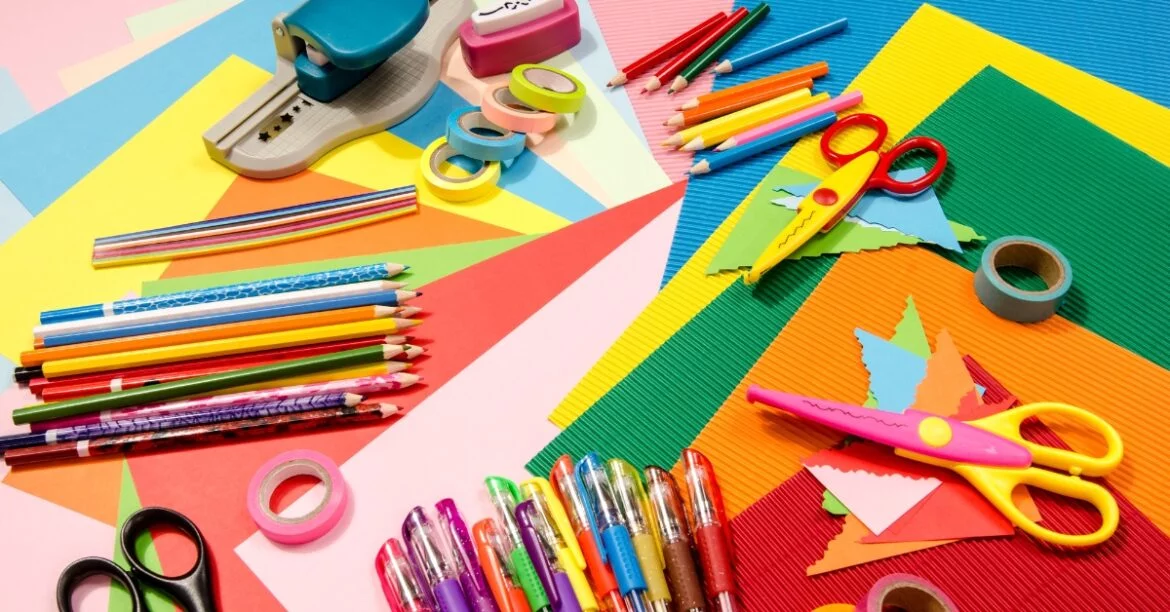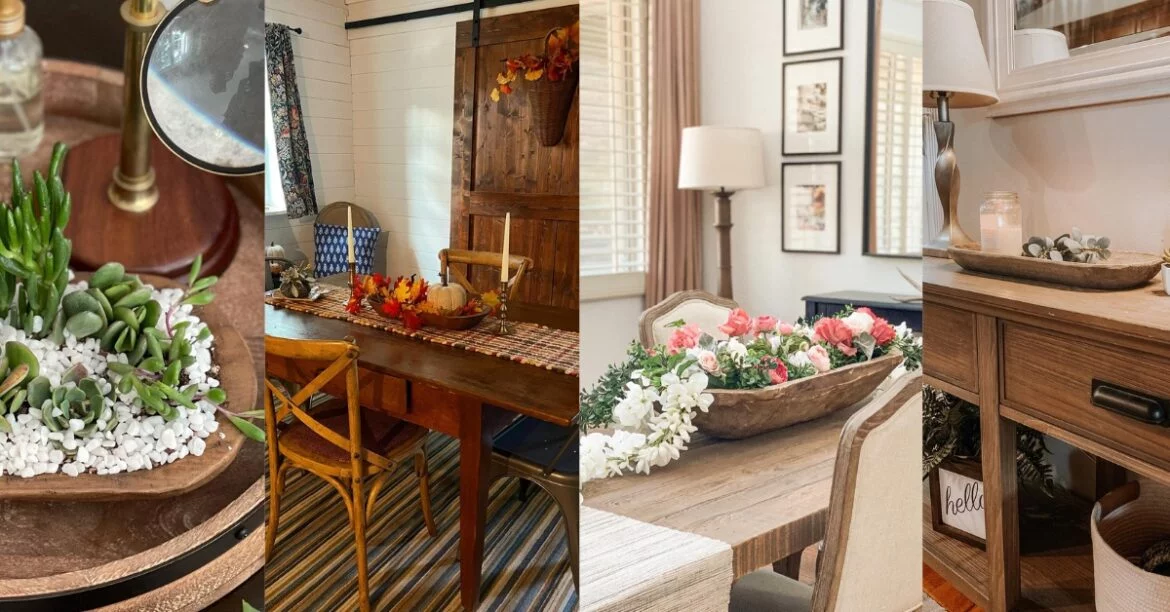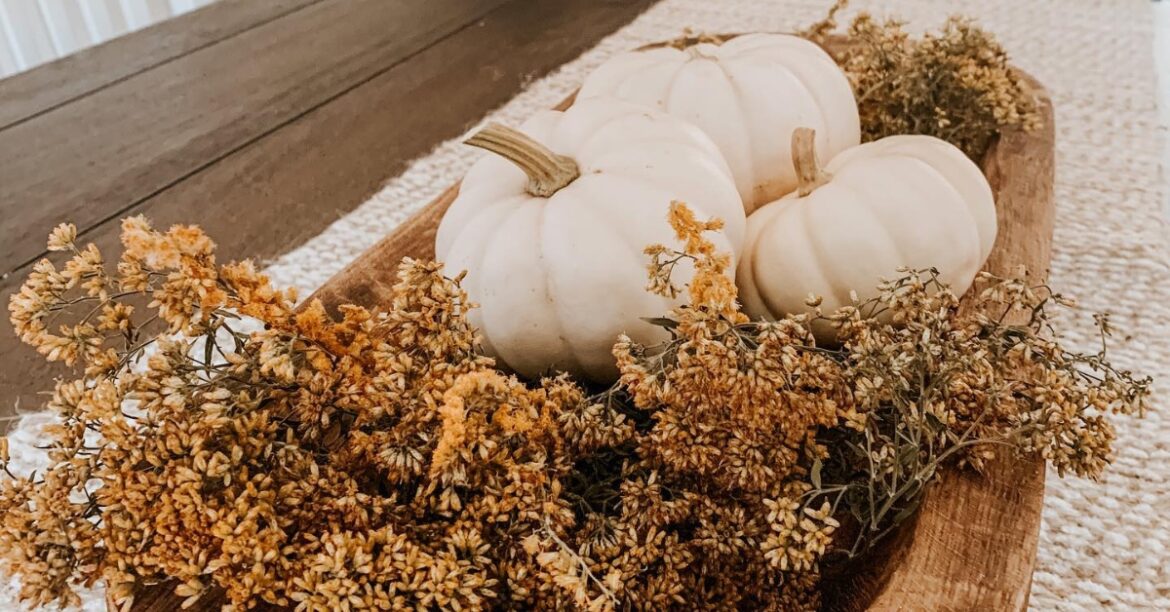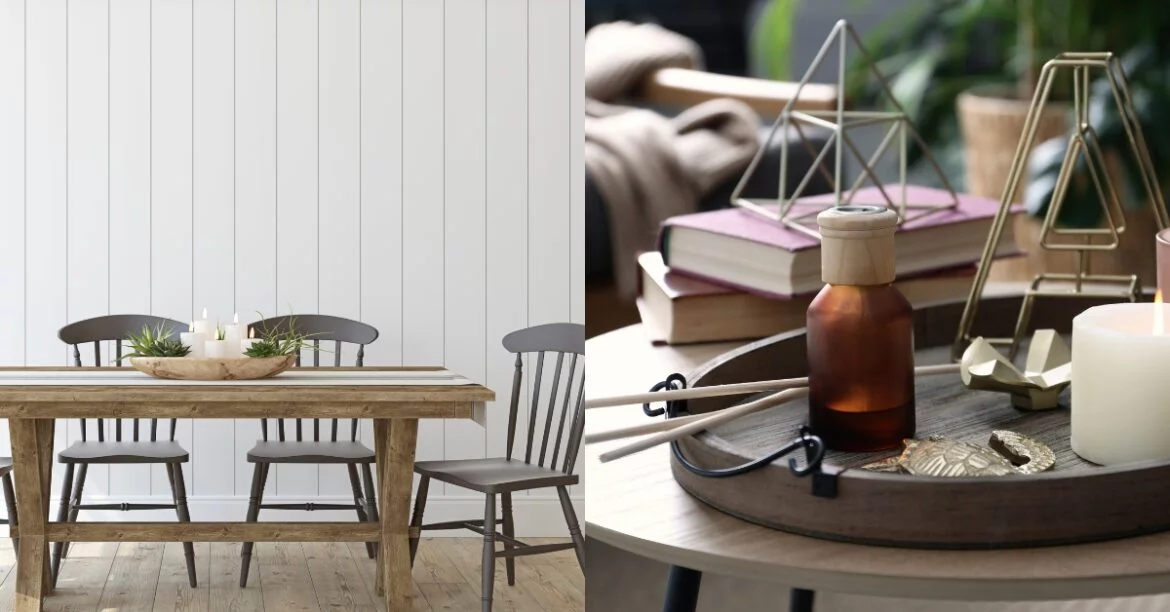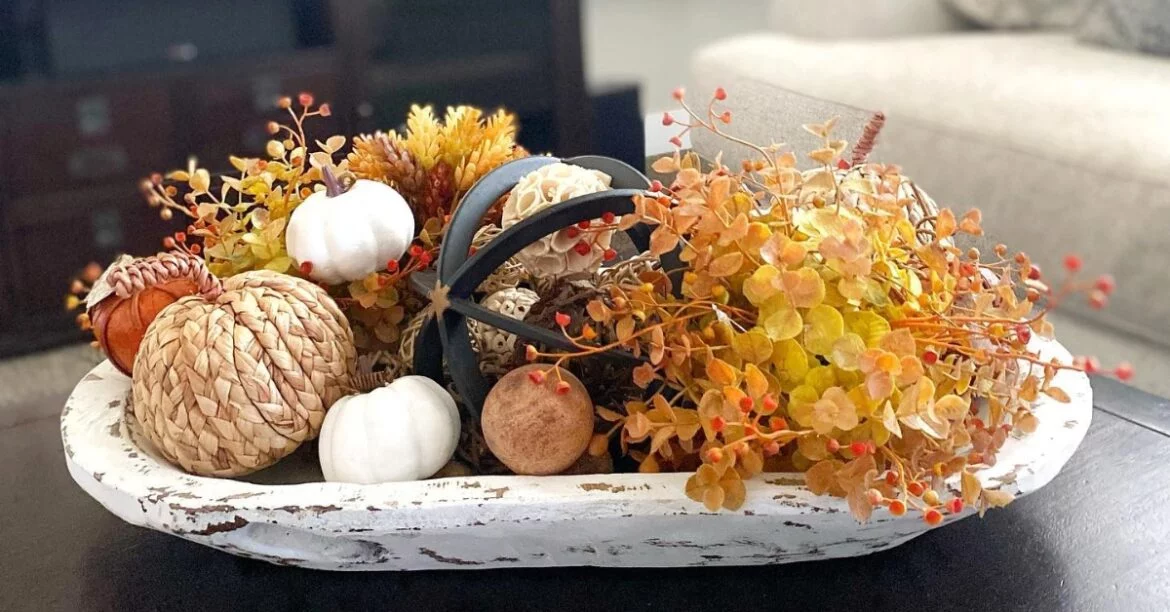Unlock Your Creativity with Alcohol Inks
Alcohol inks offer a vibrant and versatile medium for artists and crafters alike. These highly pigmented dyes, suspended in alcohol, create stunning effects on various non-porous surfaces. Whether you’re a novice exploring the world of alcohol inks or looking to refine your technique, this comprehensive beginner’s guide will provide essential insights and practical tips.
From understanding the basic supplies to mastering different application techniques, you’ll learn how to harness the unique properties of alcohol inks to produce beautiful, dynamic artwork. Dive into this guide to start your journey with alcohol inks and discover the creative possibilities that await.
What Are Alcohol Inks?
Alcohol inks are vibrant dyes suspended in alcohol. This formula makes them unique. The high pigment concentration creates rich, bold colors. Because they are suspended in alcohol, they flow smoothly and blend effortlessly. These inks work best on non-porous surfaces, such as Yupo paper, glass, and plastic. The non-porous nature of these surfaces allows the inks to spread and mix freely.
This property enables artists and crafters to create stunning, fluid designs. The versatility of alcohol inks makes them ideal for a range of projects. Whether you’re making abstract art, decorating glassware, or creating custom cards, these inks deliver striking results. Their ability to produce intense, vivid colors has made them a popular choice among both hobbyists and professionals.
How to Work with Alcohol Inks
Using alcohol inks is simple but takes practice to perfect. Start by setting up your workspace with protective coverings, as alcohol inks can be potent and may stain. Gather your supplies: alcohol inks, blending solutions, a non-porous surface like Yupo paper, and applicators.
Apply a few drops of ink to your surface. Use a brush, pen, or your fingers to spread the ink. To blend, add a few drops of blending solution to the ink. This will help mix colors and create smooth transitions. Try different techniques, such as blowing the ink with a straw or using a heat tool to move it around.
Layering colors adds depth to your artwork. Let each layer dry before applying another. Once done, seal your piece with a clear acrylic spray if desired. Clean your tools and workspace promptly to prevent staining.For more detailed instructions, keep reading.
Basic Supplies You’ll Need
When beginning your journey with alcohol inks, ensuring you have the right supplies is essential to achieving the best results. The quality and type of materials you use can significantly impact the final outcome of your projects.
Whether you’re aiming for intricate designs or bold, vibrant colors, having the proper tools and supplies will set the foundation for your creativity. Here are the must-have essentials to get started.
1. Alcohol Inks
Alcohol inks are the heart of your creative projects. They come in a vast array of colors, ranging from bright and bold to soft and subtle. These inks are designed to be highly pigmented, ensuring that your artwork is vibrant and full of life. The beauty of alcohol inks lies in their fluidity and how they interact with non-porous surfaces, creating unique patterns and effects.
Whether you’re creating abstract art, decorating glassware, or designing custom crafts, these inks provide the color and intensity needed to bring your ideas to life. Investing in high-quality alcohol inks is essential for achieving the best results in your projects.
2. Blending Solution
Blending solution is an indispensable tool when working with alcohol inks. It’s a specially formulated liquid designed to dilute the ink, allowing you to create lighter shades and smoother transitions between colors. By adding blending solution to your inks, you can achieve various effects, such as fading, mixing, or even creating unique patterns.
It also helps in spreading the ink more evenly across your surface. Beyond just diluting, blending solution can also be used to reactivate dried ink, giving you the flexibility to work and rework areas of your artwork. It’s a versatile component that significantly enhances the creative possibilities of alcohol inks.
3. Non-Porous Surface
Using a non-porous surface is crucial when working with alcohol inks. These surfaces, such as Yupo paper, glass, or ceramic tiles, allow the inks to move freely and blend smoothly without being absorbed. Yupo paper, a synthetic paper, is a popular choice among artists due to its durability and smooth finish.
Glass and ceramic tiles are also excellent options, especially if you’re looking to create functional art pieces like coasters or decorative panels. The non-porous nature of these surfaces ensures that the inks remain vibrant and can be manipulated easily, providing endless possibilities for your creative projects.
4. Applicators
Applicators play a key role in how you apply and control alcohol inks on your chosen surface. Depending on the effect you want to achieve, you can use a variety of tools. Brushes offer precision and control, allowing you to create detailed designs or broad strokes.
Pens can be used for more intricate work, adding fine lines or accents to your piece. Some artists even use their hands or fingers to spread the ink, giving a more organic and textured feel to the artwork. The choice of applicator can greatly influence the final look of your piece, making it an essential part of your toolkit.
5. Rubbing Alcohol
Rubbing alcohol is an essential component in your alcohol ink toolkit. It serves multiple purposes, from cleaning your tools and surfaces to refining and correcting your artwork. When working with alcohol inks, spills and smudges are inevitable, and rubbing alcohol helps to clean up these messes effectively.
It can also be used to lighten colors, create special effects, or even remove ink entirely from certain areas. By applying rubbing alcohol to your work, you can create unique textures or undo mistakes, giving you more control over the final outcome of your project. It’s a versatile and necessary supply for anyone using alcohol inks.
Getting Started with Alcohol Inks
1. Prepare Your Workspace
Before you begin working with alcohol inks, it’s essential to set up your workspace properly. Alcohol inks are highly pigmented and can easily stain surfaces, so laying down a protective covering, such as plastic sheeting or newspaper, is crucial. This will safeguard your work area from spills and splatters.
Since alcohol inks are also potent and emit strong fumes, it’s important to work in a well-ventilated area. Consider opening windows or using a fan to ensure proper air circulation. Organize your supplies within easy reach, including inks, blending solutions, applicators, and non-porous surfaces.
Taking these preparatory steps ensures a smooth, efficient, and safe creative process, allowing you to focus entirely on your art without worrying about messes or ventilation issues.
2. Experiment with Techniques
Experimenting with various techniques is key to mastering alcohol inks. Begin by dropping small amounts of ink onto your non-porous surface. Observe how the ink spreads and interacts with the surface.
To create more complex designs, add a few drops of blending solution to the ink. This will allow the colours to mix and spread more easily, creating smooth transitions and intricate patterns. Try blowing the ink with a straw to move it around and create abstract shapes. Alternatively, use a heat tool to manipulate the ink, which can result in different textures and effects.
Don’t hesitate to experiment with different tools, such as brushes, sponges, or even your fingers. Each technique offers a unique result, giving you a broad range of creative possibilities. The more you experiment, the better you’ll understand how alcohol inks behave, helping you to develop your own style.
3. Layering Colors
Layering colours with alcohol inks can add depth and dimension to your artwork. Start by applying one color to your surface and allowing it to dry completely. This initial layer serves as the foundation for your piece. Once dry, apply another color over it. The translucent nature of alcohol inks allows the layers to interact, creating a sense of depth and richness.
You can use blending solutions between layers to soften edges or create gradient effects. The key is patience; let each layer dry thoroughly before adding the next to avoid muddying the colors. You can also experiment with layering different shades of the same color for a monochromatic effect, or mix contrasting colors to make certain areas pop.
By carefully building up layers, you can create intricate designs with a three-dimensional feel, giving your artwork a more polished and professional look.
4. Creating Effects
Creating unique effects with alcohol inks can elevate your artwork to new heights. One popular technique is lifting ink. After applying ink to your surface, use a paper towel or cloth to gently blot areas, removing some of the ink and revealing the layers beneath. This technique can add texture and highlights to your piece.
Another method involves using stencils. Place a stencil on your surface and apply ink over it, then carefully remove the stencil to reveal the design. You can also experiment with adding metallic inks to your work. These inks can be used to create shimmering effects or to highlight specific areas of your artwork.
The metallic elements catch the light, adding a luxurious touch to your piece. Whether you’re lifting ink, using stencils, or incorporating metallics, these techniques allow you to customize your artwork and make it truly unique.
5. Finishing Touches
Once you’ve completed your artwork with alcohol inks, applying finishing touches is essential for preserving and enhancing your piece. After ensuring your work is completely dry, you can seal it with a clear acrylic spray. This protective layer not only safeguards your artwork from smudging or fading but also adds a subtle sheen that enhances the colors.
When sealing, apply several light coats, allowing each one to dry thoroughly before applying the next. This method prevents the ink from bleeding or running. Additionally, consider adding embellishments, such as metallic accents or additional layers of ink, to highlight specific areas of your piece.
You can also frame your artwork or mount it on a complementary background to give it a polished, finished look. Taking the time to properly finish your piece ensures it will last and be enjoyed for years to come, showcasing your creativity and skill.
Experiment with Different Tools
Exploring various tools can significantly expand your creative possibilities when working with alcohol inks. Each tool offers unique effects, allowing you to achieve a range of textures and patterns in your artwork.
- Gravity: Start by tilting your surface after applying ink. This simple technique uses gravity to create natural, flowing patterns as the ink moves across the surface. The results can be beautifully organic, with the colors blending and spreading in unexpected ways.
- Paintbrushes: Paintbrushes offer more control, enabling you to apply the ink precisely where you want it. You can create fine lines, detailed designs, or broad strokes, depending on the brush size. Experiment with different brush types to see how they affect the ink’s flow and coverage.
- Hairdryer: A hairdryer can be used to move the ink around your surface. This tool allows you to control the direction and speed of the ink’s movement, creating dynamic effects. Use it on a low setting to avoid blowing the ink too far or too fast.
- Ink Blower: An ink blower, a specialized tool designed for alcohol inks, gives you even more precision. It allows you to direct the flow of ink with accuracy, creating intricate patterns or soft gradients. The ink blower is particularly useful for adding finishing touches or refining details in your artwork.
By experimenting with these tools, you can discover the full potential of alcohol inks and develop your unique style. Each tool offers distinct advantages, so don’t hesitate to try them all and see which ones best suit your creative vision.
Tips for Success
- Practice Patience: While alcohol inks dry quickly, achieving the best results requires a balance between speed and patience. Work efficiently, but take the time to observe how the colors blend and interact on your surface. Sometimes the most beautiful effects emerge when you allow the inks to flow and settle naturally.
- Clean Up Promptly: Alcohol inks are highly pigmented and can stain tools and surfaces if not cleaned immediately. After each session, promptly clean your brushes, applicators, and workspace. Using rubbing alcohol or a specialized cleaner can help remove any residue and keep your tools in good condition for future use.
- Have Fun: One of the best aspects of working with alcohol inks is the opportunity for experimentation. Don’t hesitate to try different surfaces, like glass, ceramic, or Yupo paper. Play with various techniques and tools to discover what works best for you. The process of exploration is key to unlocking your creativity.
Alcohol inks offer endless creative possibilities. With practice and experimentation, you’ll soon be creating stunning pieces of art. So, gather your supplies and dive into the vibrant world of alcohol inks. The journey is as rewarding as the results!
Safety Precautions
- Work in a Well-Ventilated Area: Alcohol inks release strong fumes, so always ensure proper ventilation. Open windows, use a fan, or work outdoors to reduce inhalation risks.
- Wear Protective Gear: Consider wearing gloves to protect your skin from staining and irritation. Safety goggles can shield your eyes from accidental splashes.
- Avoid Open Flames: Alcohol inks are highly flammable. Keep your workspace free of open flames, including candles, lighters, and even certain heat tools.
- Store Inks Properly: Keep alcohol inks tightly sealed and stored in a cool, dry place. Ensure they are out of reach of children and pets.
- Dispose of Waste Safely: Dispose of ink-soaked materials and any waste properly. Follow local guidelines for hazardous waste disposal to avoid environmental harm.
Following these safety precautions helps ensure a safe and enjoyable experience when working with alcohol inks.
Protecting and Preserving Your Artwork
- Allow to Dry Completely: Ensure your artwork is fully dry before applying any sealant. This prevents smudging and ensures proper adhesion.
- Choose the Right Sealant: Use a clear acrylic spray or varnish designed for alcohol inks. These products provide effective protection and maintain the vibrancy of your colors.
- Apply Even Coats: Spray or brush on the sealant in light, even coats. This prevents drips and ensures a smooth, uniform finish.
- Maintain Proper Distance: Hold the spray can or brush about 6-12 inches from the surface. This distance helps achieve an even application without over-saturating the piece.
- Allow to Dry Between Coats: Let each coat of sealant dry thoroughly before applying additional layers. This ensures that the finish is even and prevents any potential for smudging.
- Protect from Dust and Moisture: Sealing your artwork helps guard against dust, moisture, and UV light, preserving its beauty over time.
- Enhance Longevity: Proper sealing maintains the integrity and vibrancy of your artwork, ensuring it remains a cherished piece for years to come.
Conclusion
Alcohol inks are a dynamic and exciting medium for artists of all levels. By understanding the basics, experimenting with various techniques, and using the right tools, you can unlock a world of creative possibilities. Whether you’re exploring vibrant color blends, creating intricate patterns, or experimenting with different surfaces, alcohol inks offer endless opportunities for artistic expression.
Remember to follow safety precautions and proper sealing techniques to preserve your work and maintain its beauty over time. With practice and experimentation, you’ll soon develop your unique style and produce stunning pieces that showcase the full potential of alcohol inks. Embrace the vibrant, fluid nature of this medium and let your creativity flow freely.

